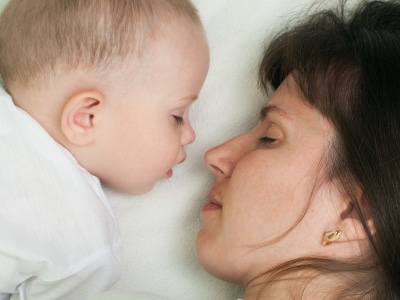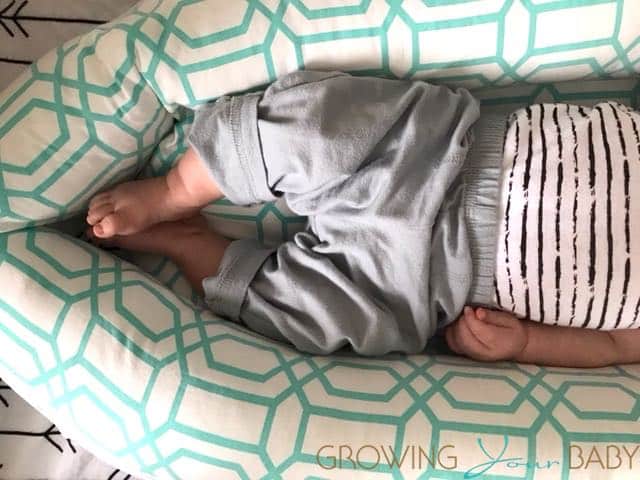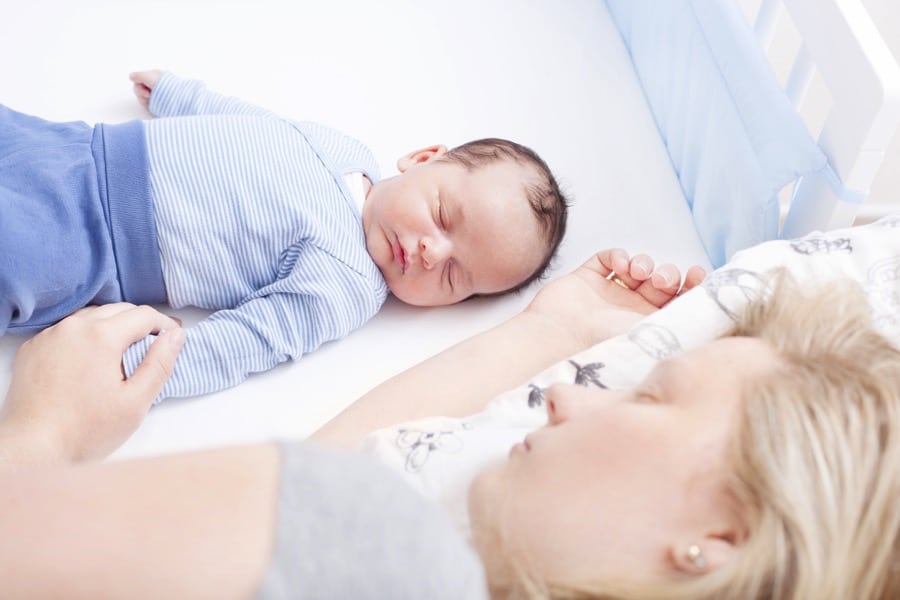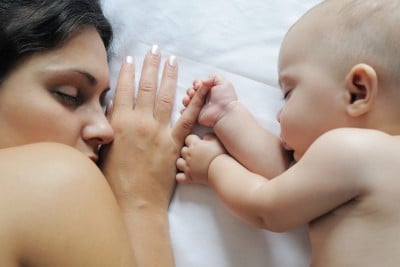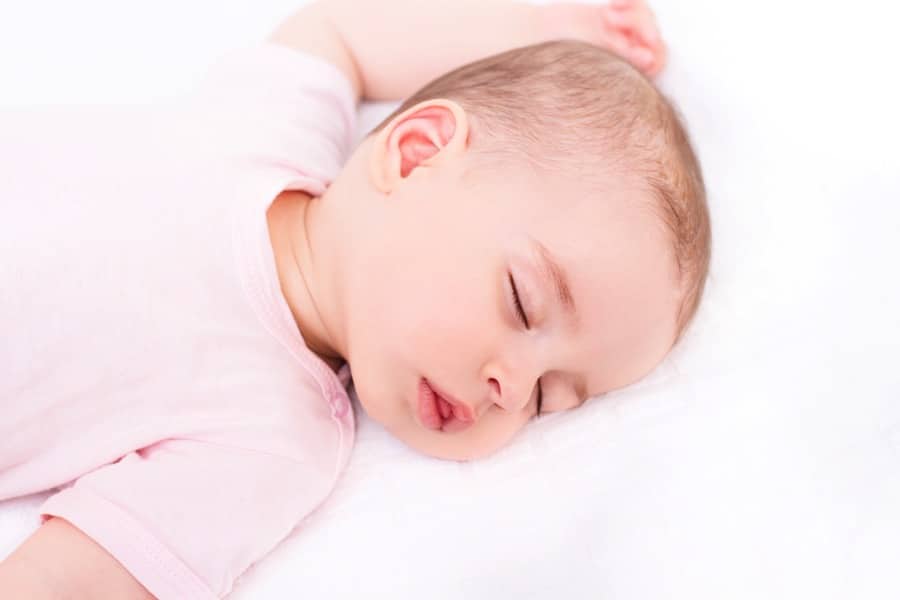September is Baby Safety Month and many experts are focusing on safe sleeping habits for babies. Though co-sleeping is recommended against, some families prefer to sleep in a family bed at night. As with any other sleeping choice, safety should be the first concern for co-sleeping families.
Dr. Sears, the well-known Attachment Parenting supportive doctor, says there are seven key benefits to co-sleeping. These include things such as better sleep, easier breastfeeding, and a reduced risk of SIDS. While a reduced risk does not mean no risk at all, there are dangers with every sleep option, safe co-sleeping habits can help to keep your baby happy and healthy in the family bed. According to Dr. Sears
A major part of my sleep-sharing hypothesis is that mother can act as a breathing pacemaker for her baby. Picture what happens when mother and baby sleep side by side. Mother acts like a breathing pacemaker for her baby during sleep. Together they develop what we call “sleep harmony.” Both members of the sleeping pair have simultaneous sleep stages, perhaps not perfectly attuned and not all night long, but close enough that they are mutually aware of each other’s presence without disturbing each other’s sleep. Because of this mutual sensitivity, as baby normally cycles from deep sleep into light sleep, the presence of the mother raises baby’s arousability and awareness. As previously discussed the lack of arousability or ascending out of deep sleep may characterize infants at risk for SIDS. Countless times a mother has said to me, “I automatically awaken just before my baby starts to stir and I nurse her back to sleep. Usually neither of us fully awakens, and we both quickly drift back to sleep.”
If you are considering co-sleeping, or are already doing so, knowing the Do’s and Don’t’s of safety can make everyone’s night much more pleasant.
Do:
- Make your bed a safe space for baby. Use fitted sheets, and try to avoid fluffy blankets and pillows that could become a hazard. Make sure there are no gaps between your bed and the wall where a small baby could become stuck.
- Keep the temperature at a moderate level in the room. If you become cold at night, you may inadvertently pull the blankets up too far. On the other side, a too hot room can cause a baby to overheat when curled next to an adult.
- Make sure the mattress is safe. A waterbed is not a safe place for a baby to sleep. Also, mattress that have holes, loose springs, or are broken down can hurt your baby or trap a baby that has rolled onto his face.
Don’t:
- Do not co-sleep if you have been drinking or taking medications that may cause you to sleep heavier and be unable to wake. Also do not co-sleep if yo are overly tired and risk not waking at night.
- Do not co-sleep with any items that cold wrap around your infant. Jewelry, strings, and cords could become tangled around your infant at night and create a hazard.
- Do not co-sleep anywhere other than a bed. A couch or chair can cause a baby to become trapped between the parent and the furniture. Couches and chairs also make it easier for an infant to roll off onto the floor.
While many experts do not recommend co-sleeping for families, many still prefer to sleep cuddled together. Taking these simple safety precautions can make co-sleeping a safer experience for everyone. – Summer, Staff Writer
Related Articles:
- New Ad Uses Mothers Who Lost Babies To Promote Safe Sleeping Choices
- Keep Your Baby Close With A Bednest Baby Crib
- Study: Over Half SIDS Cases From Co-Sleeping
- ‘Sleeping Safely’ Public Awareness Campaign Launched After 76 Infant Deaths Occur 18 Months

